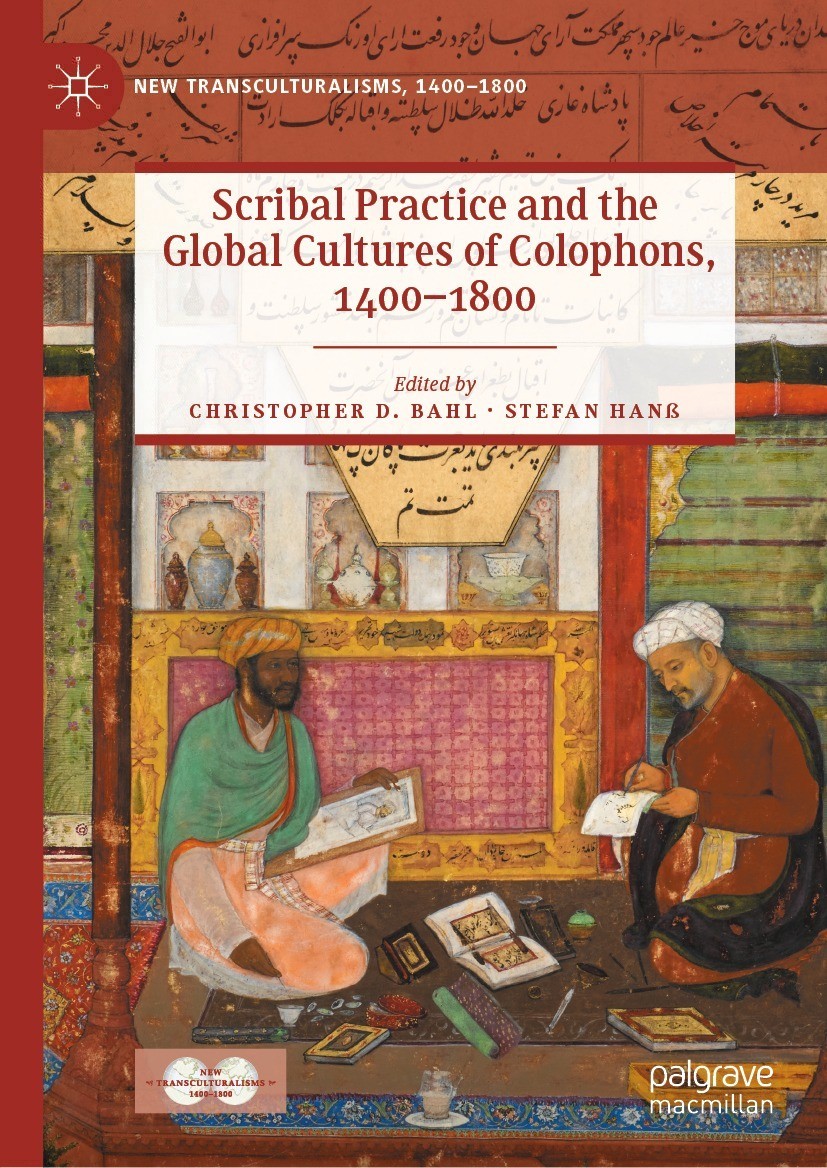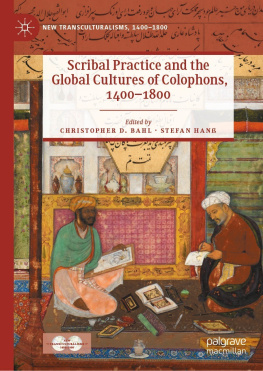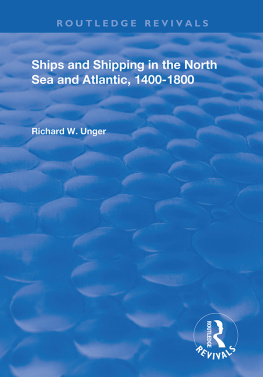Christopher D. Bahl - Scribal Practice and the Global Cultures of Colophons, 1400–1800
Here you can read online Christopher D. Bahl - Scribal Practice and the Global Cultures of Colophons, 1400–1800 full text of the book (entire story) in english for free. Download pdf and epub, get meaning, cover and reviews about this ebook. year: 2022, publisher: Springer, genre: Religion. Description of the work, (preface) as well as reviews are available. Best literature library LitArk.com created for fans of good reading and offers a wide selection of genres:
Romance novel
Science fiction
Adventure
Detective
Science
History
Home and family
Prose
Art
Politics
Computer
Non-fiction
Religion
Business
Children
Humor
Choose a favorite category and find really read worthwhile books. Enjoy immersion in the world of imagination, feel the emotions of the characters or learn something new for yourself, make an fascinating discovery.
- Book:Scribal Practice and the Global Cultures of Colophons, 1400–1800
- Author:
- Publisher:Springer
- Genre:
- Year:2022
- Rating:3 / 5
- Favourites:Add to favourites
- Your mark:
- 60
- 1
- 2
- 3
- 4
- 5
Scribal Practice and the Global Cultures of Colophons, 1400–1800: summary, description and annotation
We offer to read an annotation, description, summary or preface (depends on what the author of the book "Scribal Practice and the Global Cultures of Colophons, 1400–1800" wrote himself). If you haven't found the necessary information about the book — write in the comments, we will try to find it.
Scribal Practice and the Global Cultures of Colophons, 1400–1800 — read online for free the complete book (whole text) full work
Below is the text of the book, divided by pages. System saving the place of the last page read, allows you to conveniently read the book "Scribal Practice and the Global Cultures of Colophons, 1400–1800" online for free, without having to search again every time where you left off. Put a bookmark, and you can go to the page where you finished reading at any time.
Font size:
Interval:
Bookmark:

This series, now published by Palgrave Macmillan, presents studies of early modern contacts and exchanges among the states, polities, cultures, religions, and entrepreneurial organizations of Europe; Asia, including the Levant and East India/Indies; Africa; and the Americas. Books in New Transculturalisms will continue to investigate diverse figures, such as travelers, merchants, cultural inventorsexplorers, mapmakers, artists, craftsmen, and writersas they operated in political, mercantile, sexual, affective, and linguistic economies. We encourage authors to reflect on their own methodologies in relation to issues and theories relevant to the study of transculturalism, translation, and transnationalism.
More information about this series at https://link.springer.com/bookseries/15712

Cover credit: The British Library Board, Or. MS 12208, fol. 325v.
This Palgrave Macmillan imprint is published by the registered company Springer Nature Switzerland AG
The registered company address is: Gewerbestrasse 11, 6330 Cham, Switzerland
This volume is the result of an exciting intellectual journey across countries, institutions, and disciplines. We wish to express our deep gratitude to all institutions whose funding made such a journey possible and to all colleagues and friends involved in manifold conversations and thrilling intellectual exchanges over the last years.
Christopherthen Thornley Fellow of the Institute of Historical Research, University of London (IHR)came up with the idea of this volumes cross-disciplinary enquiry into colophons written and read between circa 1400 and 1800 in a conversation with Stefanby then Research Associate in Early Modern European Object History at the University of Cambridgein London in 2017. After many conversations, note-taking activities, and digressions, the plan developed to find like-minded researchers interested in scribes, colophons, and written artefacts. The generous support of the IHRs Power and Post Fund allowed us to pursue this project. A fascinating, diverse group of highly motivated scholars, many of which back then at the early stages of their academic career, accepted our invitation to participate in an IHR workshop in July 2018. This workshop brought together innovative perspectives and engendered cutting-edge conversations about scribal practices and colophons from a truly global and interdisciplinary perspective. We thank Jo Fox and Vanessa Rockel at the IHR for their financial and logistical support in this endeavor.
The workshop paved the way for further explorations and discoveries that kept us excited from 2018 to 2021. Stefan was by then Senior Lecturer in Early Modern History at The University of Manchester and Christopher was first Research Associate at the Orient-Institut Beirut, Lebanon, and then Assistant Professor in South Asian History at Durham University, UK. We started writing and rewriting the introduction; reading and commenting on case studies across disciplines, cultures, and epochs; and incorporating some of the ideas from the workshop as well as a wealth of studies dedicated to the fascinatingly rich and diverse world(s) created by scribes active across the globe between circa 1400 and 1800. Navigating a plethora of publications, we explored different venues of research in the full awareness that the attempt to integrate everything would prove futile in the end.
We are deeply grateful to those who presented at the workshop, and to those who contributed to this volume. Each chapter is a treasure and the result of committed archival research and stimulating lines of thoughts, opening up intellectual cross-roads with other chapters of this volume. Laurenz Kern, Hannah Murphy, Nur Sobers-Khan, Torsten Wollina, and David Zakarian contributed to and stimulated exciting discussions over the past years. Feras Krimsti, Susana Molins Lliteras, and Peera Panarut did not participate at the first workshop. Nonetheless, they committed to this collective project, providing more insights, feedback, and food for further conversations. It was an absolute pleasure to work with all contributors, sharing ideas and revising the volume as we went along. We thank all contributors for their invaluable critique and commitment. It is their efforts and enthusiasm which made this volume possibleagainst all odds of a global pandemic which also impacted this project. We could not include contributions on East Asian, Hebrew, and Russian manuscript cultures, as well as on female scribes, as it was planned originally, and we hope that this volume will inspire researchers in these and further fields of study to explore the history of colophonal cultures in the future.
A larger group of researchers provided guidance and support along the way, and we owe special thanks to all of them. We thank Konrad Hirschler (Berlin) for invaluable comments on the introduction and for his overall support and input on this project throughout the last years. Julianne Simpson (Manchester) generously shared her knowledge and pushed us beyond what disciplines have generally considered the last word on the topic. Theodor Dunkelgrn (Cambridge) shared invaluable feedback on the introduction and enriched our perspectives on colophons. At the early stages of this project, Olly Akkerman (Berlin), Liesbeth Corens (London), and Arthur Dudney (Arcadia Foundation, London) provided important input at the IHR workshop. Later, conversations with Imre Galambos (London), Shamil Jeppie (Cape Town), Laura Moretti (Cambridge), and Jan van der Putten (Hamburg) helped us to further conceptualize and revise the global scope of this volume. At the end, the anonymous reviewers of Palgrave Macmillan provided crucial feedback. We thank all these researchers for their invaluable input and support.
Font size:
Interval:
Bookmark:
Similar books «Scribal Practice and the Global Cultures of Colophons, 1400–1800»
Look at similar books to Scribal Practice and the Global Cultures of Colophons, 1400–1800. We have selected literature similar in name and meaning in the hope of providing readers with more options to find new, interesting, not yet read works.
Discussion, reviews of the book Scribal Practice and the Global Cultures of Colophons, 1400–1800 and just readers' own opinions. Leave your comments, write what you think about the work, its meaning or the main characters. Specify what exactly you liked and what you didn't like, and why you think so.









